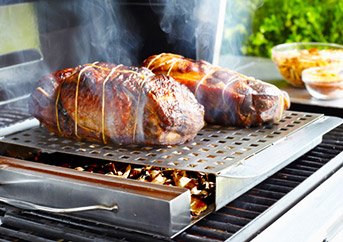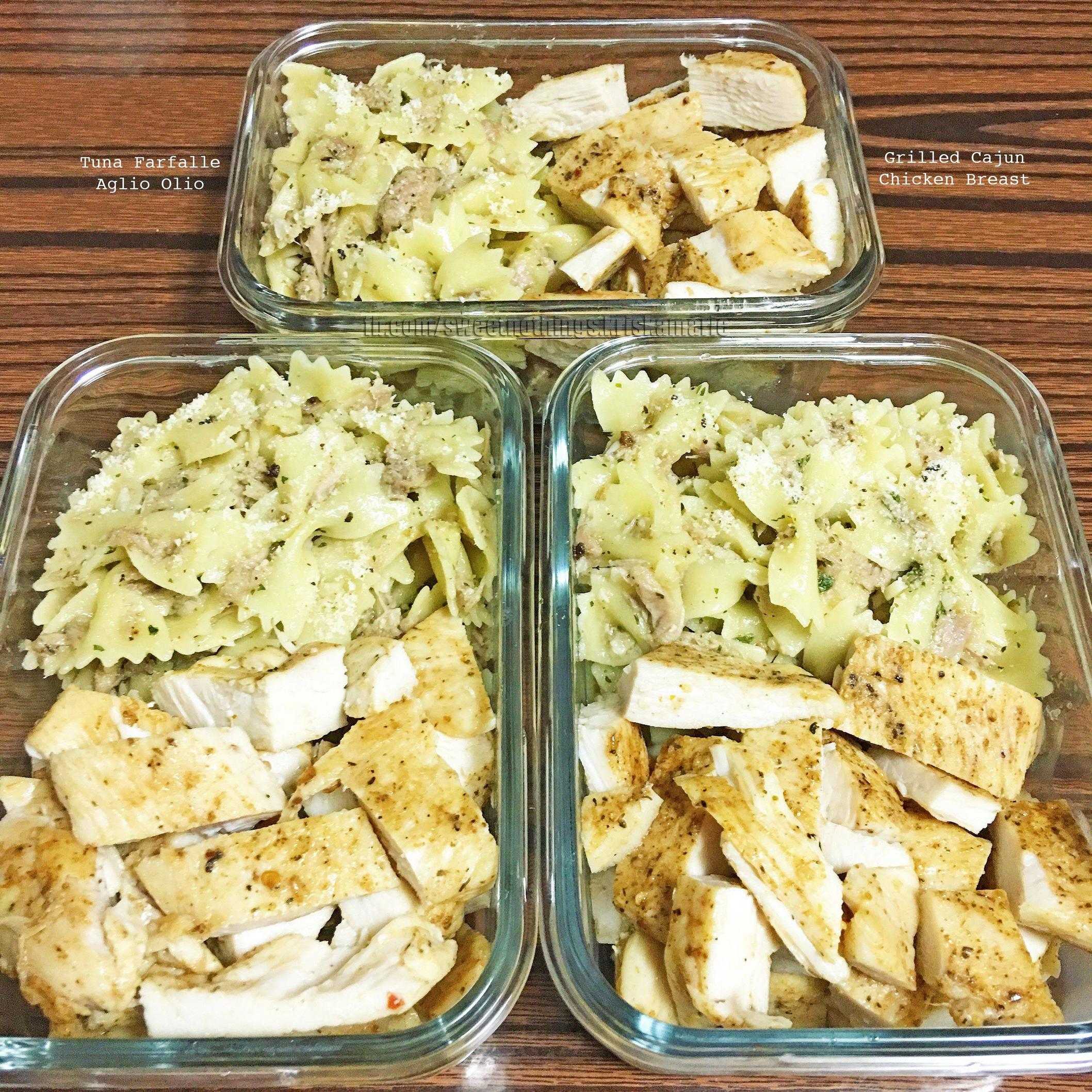
A built in barbecue is a great choice if you like to cook outdoors. It is not easy to install and you must consider smoke patterns and fire safety. You should ensure that there is enough space between your barbecue and the seating area when you plan where it will be placed. A landscaping or masonry contractor can help you to determine the requirements for fire codes. Prefabricated units can be cheaper than hiring a landscaper and are easy to put together. It is very costly to ship a prefabricated unit.
If you are planning to grill outside regularly, a built in barbecue is the best choice. It is durable and will last many years. This will save you money in the long-term. Consider how much space you will need to install a built in grill before buying one. For example, if you'll use it on the patio or deck, you should choose a model that can handle all types of weather.

Size is an important consideration when choosing a built-in barbecue. A bigger cooking surface will be needed than what is advertised. A large grill is an excellent choice if you're hosting a large party, or want a large outdoor area for entertaining. A warming drawer, or built-in warming rack, can be helpful if you plan on cooking large meals.
If you want an elegant and comfortable outdoor kitchen, then a built in barbecue is the best option. These barbecues are built to withstand extreme temperatures and are ideal for outdoor cooking. Built-in barbecues are a great solution for outdoor barbecues. This feature is an excellent investment and can greatly increase the value of your home. An outdoor kitchen can be added to your property to make the most of this feature.
If homeowners don't have enough space or want a builtin grill, this is an option. To prevent injuries, a built-in barbecue should not be more than one foot away from a home. These appliances save space and offer extra safety. A built-in grill will also help you avoid falling over a portable one while you cook.

Built-in barbecues are durable, stylish structures that include a grill rack or heating element. It is often sold as a standalone unit or as part of an outdoor kitchen set. This modern, built-in barbecue has a wood pizza grill and extra storage. The elegant stainless steel construction makes the barbecue a perfect choice for any home. A built-in barbecue is not only attractive, but it's also weather-resistant.
FAQ
How long does it take to become chef? What is the average career path in this field?
The average time it takes to become a chef is five years. This time you'll learn the basics of cooking and work as a cook assistant. Once you have completed your training, you may apply for executive, sous, and line chef positions. A chef can earn between $25,000 and $60,000 annually.
What is the cost to study culinary arts?
You will find that the price to study culinary arts is variable. For example, a 4-year degree costs about $40,000. A two-year associate's program may be less expensive at $5,000. Tuition costs vary depending on which program you choose. Prices for tuition are higher in private institutions than they are for public ones.
How Can I Get Hired As a Cook?
You can get a job as a cook through word of mouth. A friend or family member might know of an open restaurant that is in desperate need of staff. A lot of restaurants also advertise their openings on bulletin boards or websites.
Statistics
- On average, chefs earn $58,740 a year, according to the BLS. - learnhowtobecome.org
- In the United States, the category is estimated at $23.2 billion annually and is growing faster than the market. (washingtonpost.com)
- The median pay for a chef or head cook is $53,380 per year or $25.66/hour, according to the U.S. Bureau of Labor Statistics (BLS). (learnhowtobecome.org)
External Links
How To
How to make the perfect omelet
Omelets is one of my favourite breakfast foods. But how do they turn out so perfectly? I've tried many different methods and recipes, but none of them seem to work! Today, I'd like to share some tips with you in order to make delicious and fluffy omelets every day.
It is important to know that eggs can be temperamental when making omelets. The eggs must be fresh from an organic source and kept at room temperature until they are ready to be cooked. You must keep them cool enough to allow the whites to form properly and the yolks to become too runny if they're not kept at the right temperature. This will make your omelets appear strangely colored. If you plan to cook the eggs right away, it is best to use room temperature eggs.
Another tip is to separate your egg before adding it into the pan. You don't want the white to get mixed with the yolk, as this could cause the egg to curdle.
The bottom part of an egg that is added directly to the stovetop might be burned, which could cause a ruined texture in your omelet. Instead, place the egg in the microwave for 10 second before you put it in the skillet. The heat from the microwave cooks the egg just enough without overcooking it.
Next, let’s talk about mixing the egg. When you mix eggs together, you want to beat them well. To do this, take the bowl from the mixer and flip it upside-down. Next, shake the bowl vigorously. This allows the air to be whipped and the egg to be mixed thoroughly.
The fun part begins - you need to pour the milk into your mixture. The first step is to pour half of the milk in the beaten eggs. Next, fold the eggs into the remaining milk. Don't worry if there are still streaks of egg visible; these streaks will disappear once you flip the omelet.
After you have done folding the eggs, heat the pan on medium heat. The oil will start to smoke. Once the oil begins to heat, add 1/4 cup butter and swirl the pan to coat it. Carefully open the pan's lid and add salt to the pan. A pinch of salt will prevent your omelet from sticking in the pan.
Once the omelet forms, cover the pan again. Let the top side set completely. Flip the omelet upside down or with a spatula. Cook the opposite side for another minute. Take the omelet out of the pan and immediately serve.
This recipe is best when used with whole milk. But, you can use skimmed milk as well.